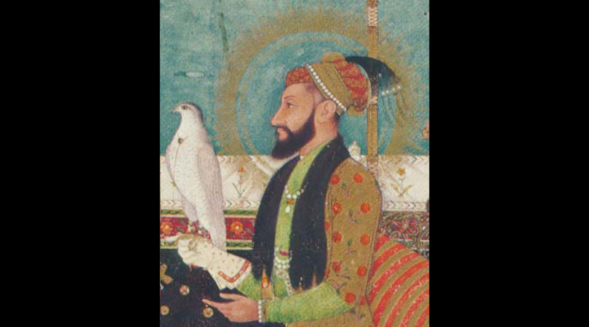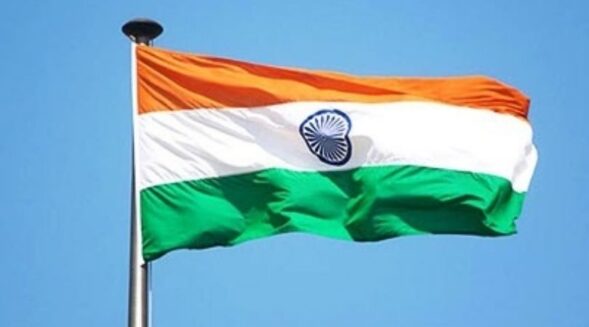
By DR ARUN MITRA
In 1998, that is 24 years back, on May 11, India carried out its first nuclear weapon test under the Vajpayee government. The event was celebrated with fanfare; public was jubilant that India has now become a power to reckon with. Those who termed the event as a step towards mutually assured destruction were ridiculed. But just after 17 days on May 28, Pakistan too did the same. Observers felt that Pakistan was now at par with India in the nuclear weapons race. Mood of the supporters of nuclear weapons in the country got subdued. Some experts argued that India, which had superiority over Pakistan in conventional warfare, had lost that since both countries were now nuclear-armed. Exact figure is unknown, but there are estimates that both have 100 plus nuclear weapons each. The nuclear lobby argued that these weapons will serve as deterrent to war between the two countries, which have been having perpetual tension since long. This hypothesis, however, was proved wrong as in about a year there was war between India and Pakistan at Kargil front in 1999. Terrorism from across the border continues unabated. There was terrorist attack on the Indian Parliament after which armies of the two countries were face to face on high alert with the fear of use of nuclear weapons looming large. Possession of nuclear weapons has not deterred standoff between India and China either. There were skirmishes between the two at Galwan in June 2020. Now the nuclear lobby is actively propagating that if Ukraine had nuclear weapons, Russia would not have attacked.
South Asia comprises eight nations India, Pakistan, Bhutan, Nepal, Bangladesh, Afghanistan and the island nations Sri Lanka and the Maldives. Although South Asia occupies only 3.4 per cent of the world’s land area, the region is home to approximately 24 per cent of the world’s population, making it the most densely populated place on earth. Despite being rich in natural resources, it is among the poorest regions of the world in terms of per capita income, with 40 per cent of the world’s poor living here. Still countries of the region, especially India and Pakistan, spend a lot on procuring arms. Expenditure on nuclear weapons adds to their defence budget. As a result, the countries of the region are left with little to spend on health, education and development. Arms race in the region is on the rise. With the ambition to become arms exporter, India has already signed a $375 million agreement with Philippines to supply supersonic shore-based anti-ship BrahMos missile system with a range of 290 km developed jointly with Russia.
Reports are that more such agreements are likely to be signed with Vietnam and Indonesia. With China acquiring advanced weapons systems, India has the excuse to manufacture and export arms. After China made its first nuclear bomb in 1964, there was lot of pressure on India to build nuclear weapons. There is need to reverse this situation through mutual dialogue and confidence-building among the nations. Civil society can play a big role in highlighting the humanitarian impact of nuclear weapons and build public opinion in India and Pakistan to join the Treaty Prohibiting Nuclear Weapons (TPNW) and for diversion of funds from arms race to development. The peace movements have multifaceted tasks ahead. They have to build strong public opinion for disarmament. Medical peace activists have to explain how the arms race is affecting our health adversely. The message of the study by Dr. Ira Helfand, Co-President of IPPNW on climatic consequences of limited nuclear war using 100 Hiroshima-sized atomic bombs between India and Pakistan, which would put over two billion people at risk, has to be taken down to the masses as well as the decision makers. Steps need to be taken for a lasting peace and nuclear disarmament in the region. Structural drivers for war have to be identified and peace activities have to be designed accordingly. India has been the harbinger of the non-aligned movement, which was initiated by the first Prime Minister Jawahar Lal Nehru along with Marshal Tito of Yugoslavia and Gamal Abdel Nasser of Egypt. The basic thrust of this movement has been non-alignment from any blocks, based on the principle of respect to sovereignty and integrity of other nations. IPA Service






